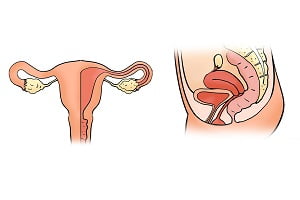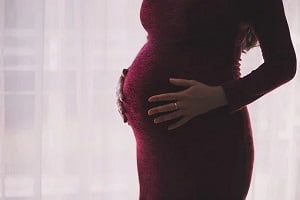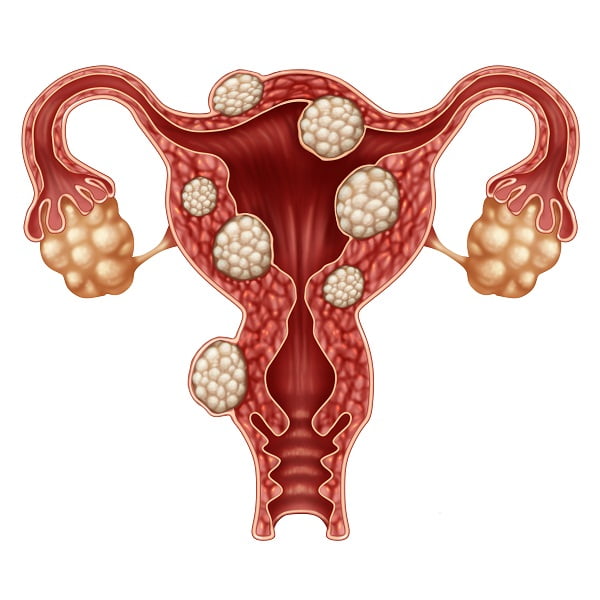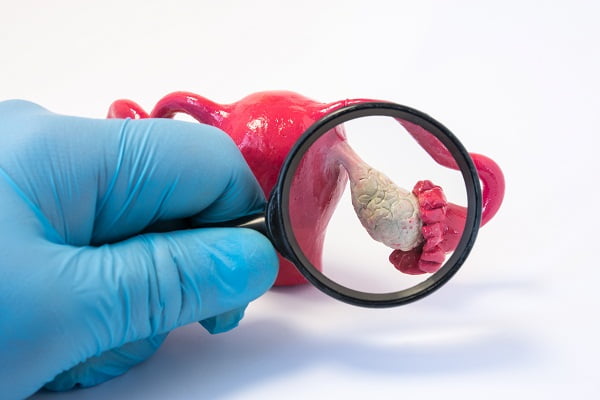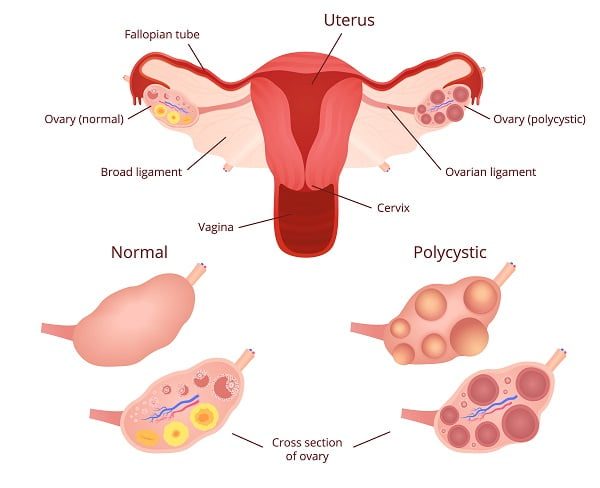Browsing: Women Health

The page provides quick access to a list of common diseases, syndromes, health conditions, and other topics of health importance pertaining to women’s health. The list is organized alphabetically. Links are provided to respective diseases sections that serve as a comprehensive and ultimate guide about the disease or health condition.
A gynecological disorder involves damage or risk to any female reproduction organ, which includes the abdominal and pelvic area, i.e., ovaries, uterus, fallopian tubes, vagina, vulva and breasts. Some of these disorders can even affect the proper functioning of the reproductive system and may create difficulty during pregnancy or child birth.
Healthcare professionals believe that every woman may suffer from one or another type of gynecological condition at some point in their life. In the past few years, the incidence of few gynecological disorders has sternly increased such as endometriosis, uterine fibroids and breast cancer. They have not only affected adult women, but teenage girls also have shown high incidence of certain gynecological diseases.
From puberty till menopause, a woman’s reproductive organs are continuously changing due to sexual activity, pregnancy and aging. These changes occur due to variation in hormonal levels in the body. An injury or a disease can also affect your reproductive system, leading to a gynecological disorder.
Common gynecological disorders include dysmenorrhea, vulvodynia, chronic pelvic pain, breast cancer, polycystic ovary syndrome, endometriosis, uterine fibroids, vaginitis and menstrual cramps.
Infertility and PID
PID can lead to infertility because of the bacterial infection that damages the fallopian tubes and obstructs eggs as they attempt to travel through the fallopian tubes for fertilization. If a woman has untreated PID for a longer time, it is likely that she will experience fertility complications.
PID is a common infection and more than one million women in the United States experience it annually. Common early signs of pelvic inflammatory disease are pain, odorous vaginal discharge, high fever, painful sexual intercourse, etc.
The main cause of pelvic inflammatory disease (PID) is a bacterial infection. When bacteria enters from the vagina or cervix and travel to the womb, fallopian tubes, or ovaries, it causes PID.
Vaginal discharge is considered as a normal part of the vagina’s cleaning process. In most of the cases, the vaginal discharge is white or transparent and varies in terms of consistency. The smell, color, and consistency of vaginal discharge tell a lot about the reproductive system of a female. Some women start discharging a brown colored fluid immediately after their periods are over.
What Are the Risks for My Baby if Preeclampsia Occurs?
Severe cases of preeclampsia in some cases may lead to a serious condition called eclampsia that can be dangerous to both the baby and mother, and in rare cases may even lead to the death of the fetus. Your baby is at risk to many complications if you have preeclampsia during pregnancy.
Uterine fibroids are the most commonly observed tumors of the female reproductive system. They develop in or on the uterus. Fibroids are compact tumors that are made of smooth muscle cells and fibrous connective tissues. Their sizes may vary, from the size of a pea to the size of a small grapefruit.
Bulky uterus caused due to a medical condition like fibroids not only grow excessively but also bleeds and becomes painful. Bulky uterus with fibroids may cause serious complications in women such as heavy menstrual bleeding, painful periods, and problems in pregnancy.
The exact cause of uterine fibroids is not known. Scientists believe that genetics and environmental factors play a significant role in their development and growth. There are certain risk factors that are believed to play a role in fibroid growth, such as hormonal changes (estrogen and progesterone levels), genetics, age etc.
There are no fixed tests for the diagnosis of PCOS. Your doctor may ask questions about medical history and family history of this disease. The doctor may ask questions related to patient’s menstruation cycle and weight changes. A physical examination is done to observe the growth of hair and acne.
How Is Endometriosis Diagnosed?
Endometriosis diagnosis is generally done in a physical exam. The doctor will ask questions about your medical history. It is an estrogen-dependent disease; therefore women with heavy menses have higher chances of developing this condition. The doctor may ask questions about your menses. Many women with endometriosis experience chronic pelvic pain.





